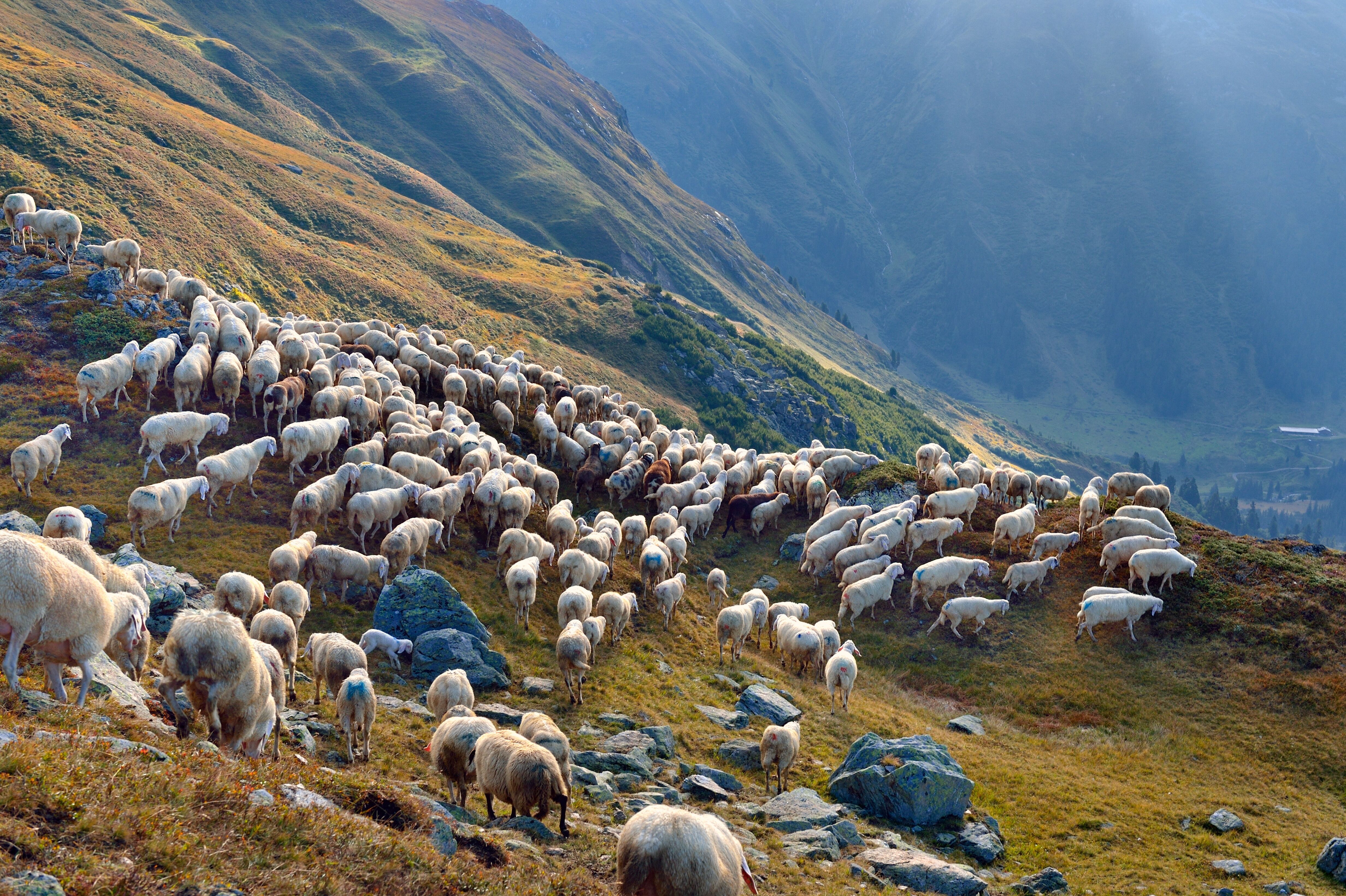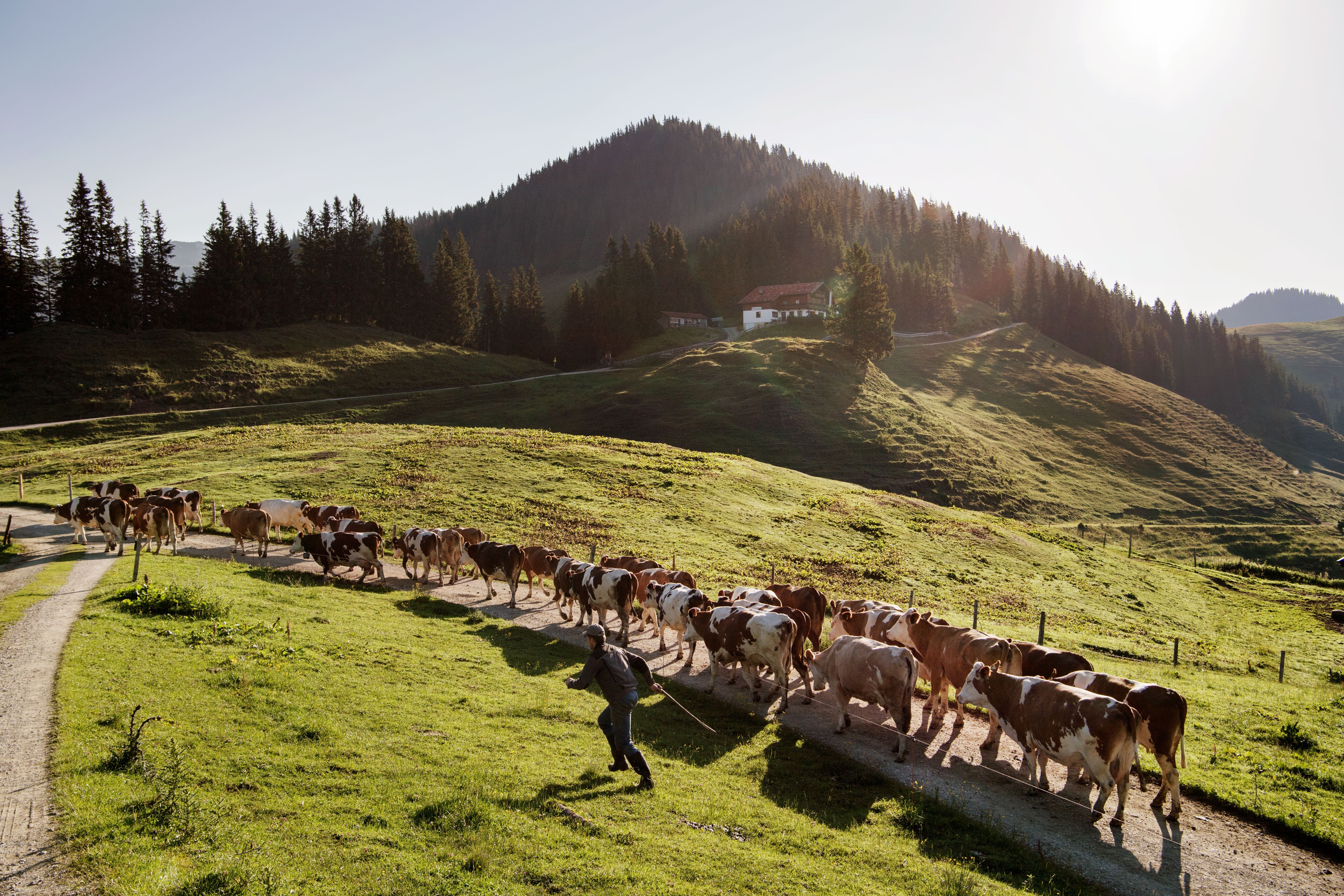
So we know that good, healthy food made from regional, often homemade, produce is a key part of what makes an alpine hut. For a hut to be "in use" (in German: "bewirtschaftet") during the summer months, food and drink are, however, not enough. The hut must have at least 60 head of livestock (not including pets or anything like that) grazing there during the summer.
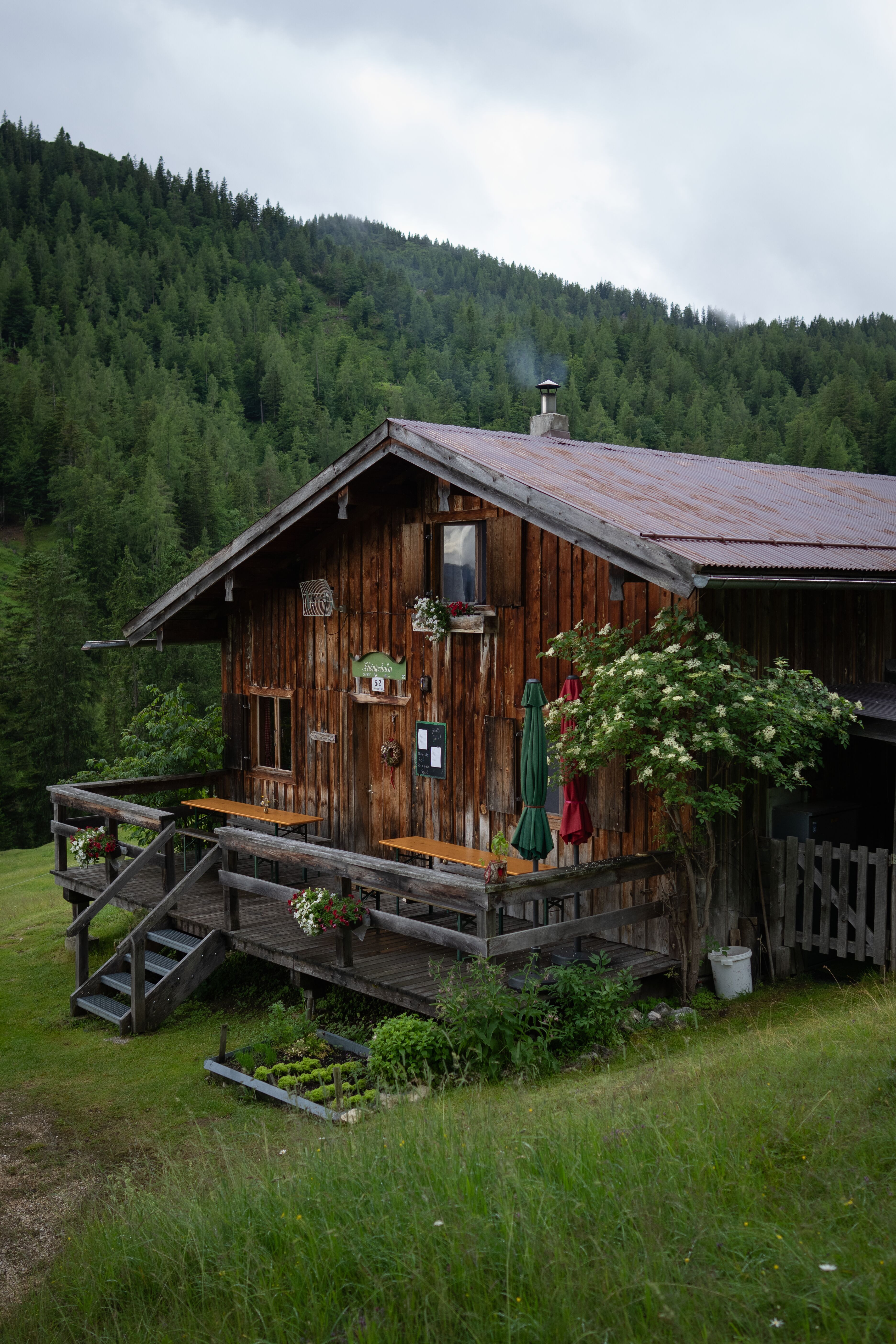
Some huts have just cows, others sheep, others horses – and some house a mix of animals. "Melkalmen" ("milking huts") are, as the name suggests, places where cows are milked. This milk is then transported down into the valley to a local dairy. "Sennalmen" ("dairy huts") not only milk cows but also process the milk on-site into cheese and butter – a tricky undertaking that demands patience and experience.
Another task requiring patience and experience is that of the shepherds. As well as looking after the animals, their job often includes helping out with the milking – up in the mountains, everyone has to be prepared to do a bit of everything. Without the help of volunteers who spend several days or weeks each summer clearing away bushes and rocks (a process known in German as "Schwenden"), many alpine huts would find it impossible to survive.
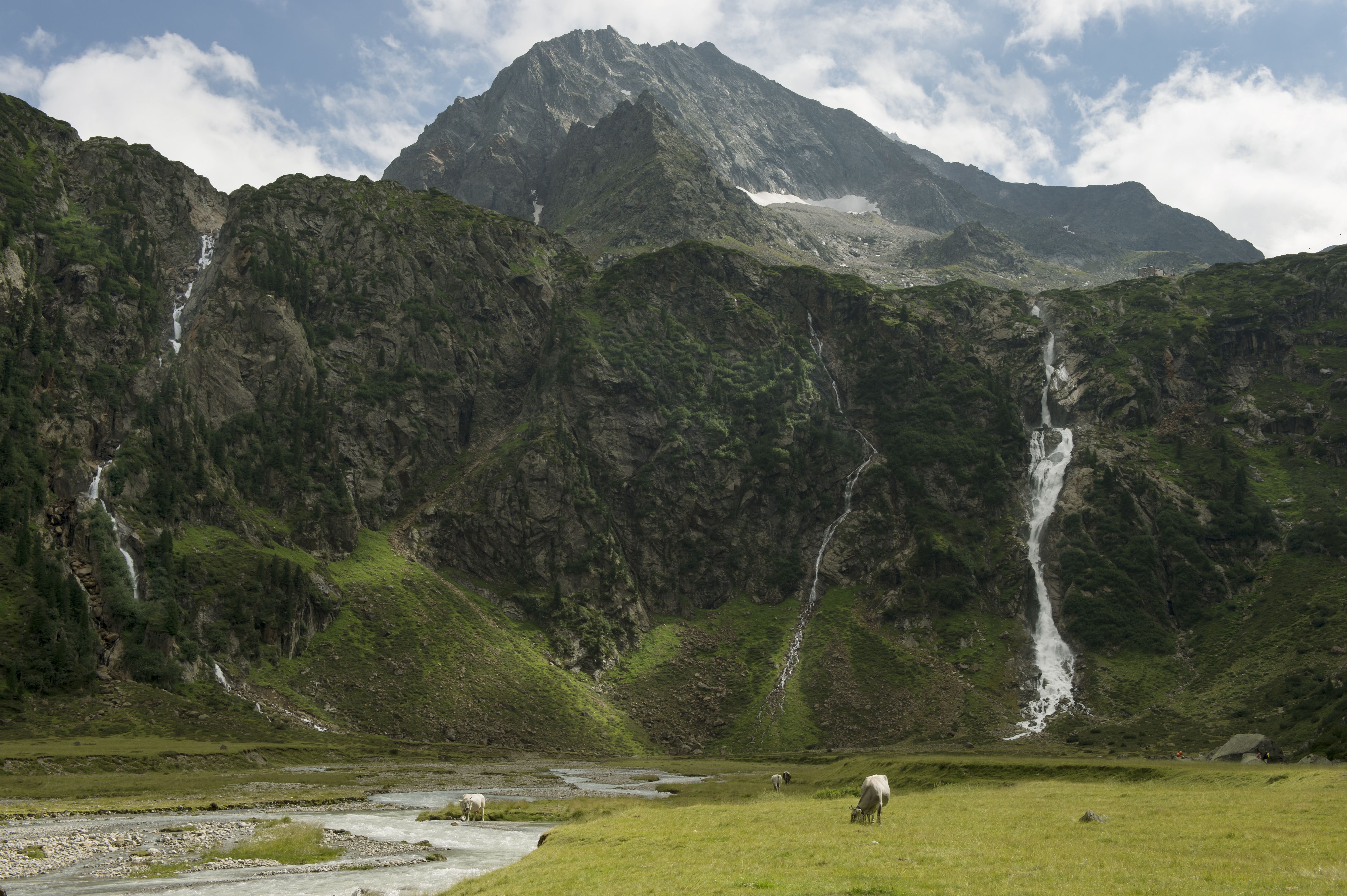
While daytrippers and hikers enjoy the hospitality and cuisine on offer, the story behind the scenes is a different one. The work is hard and relentless – seven days a week, for several months on end. Days begin early and finish late.
There is never any shortage of work to do. Milking the cows, searching for missing animals, repairing broken fences – the list goes on. Cheesemaking is also a time-consuming process in which conditions must be kept sterile. Shepherds must also have more than basic knowledge of first aid – not just for themselves but for their animals. Up here in the mountains, the nearest vet may be many hours away.
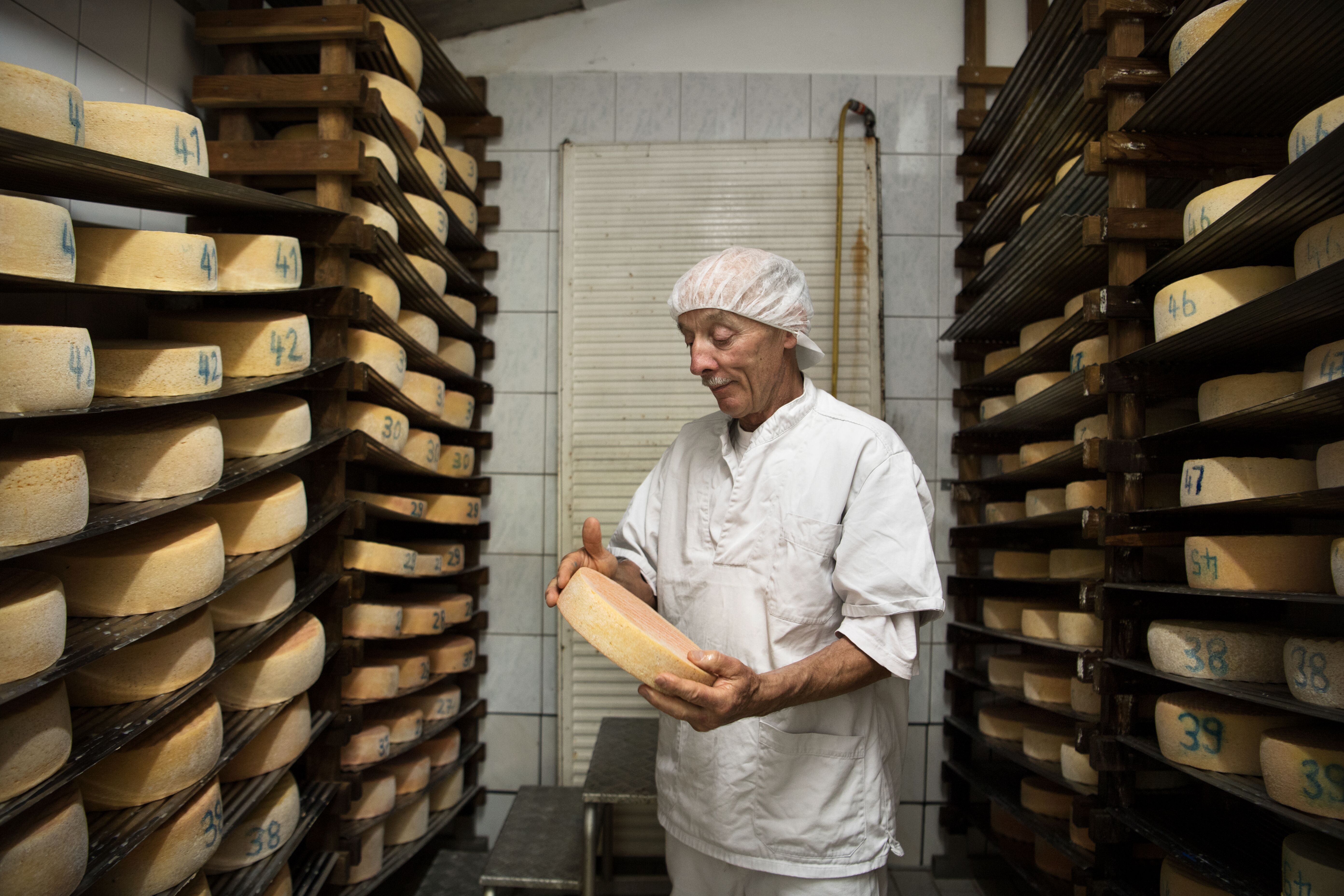
And yet, despite the long days and often back-breaking work, the men and women who run Tirol's alpine huts take a deep pride and pleasure in their labour. Their dedication and commitment play a major role in maintaining the landscape for which this region is famous – and also help make life in the mountains safer, for example by reducing the risk of avalanches and rockslides. Last but not least, alpine huts are essential when it comes to preserving the biodiversity of the Alps – meadows on the valley floor are home to seven herbs per square metre on average, while those high in the mountains have up to 70 different herbs growing on each square metre.
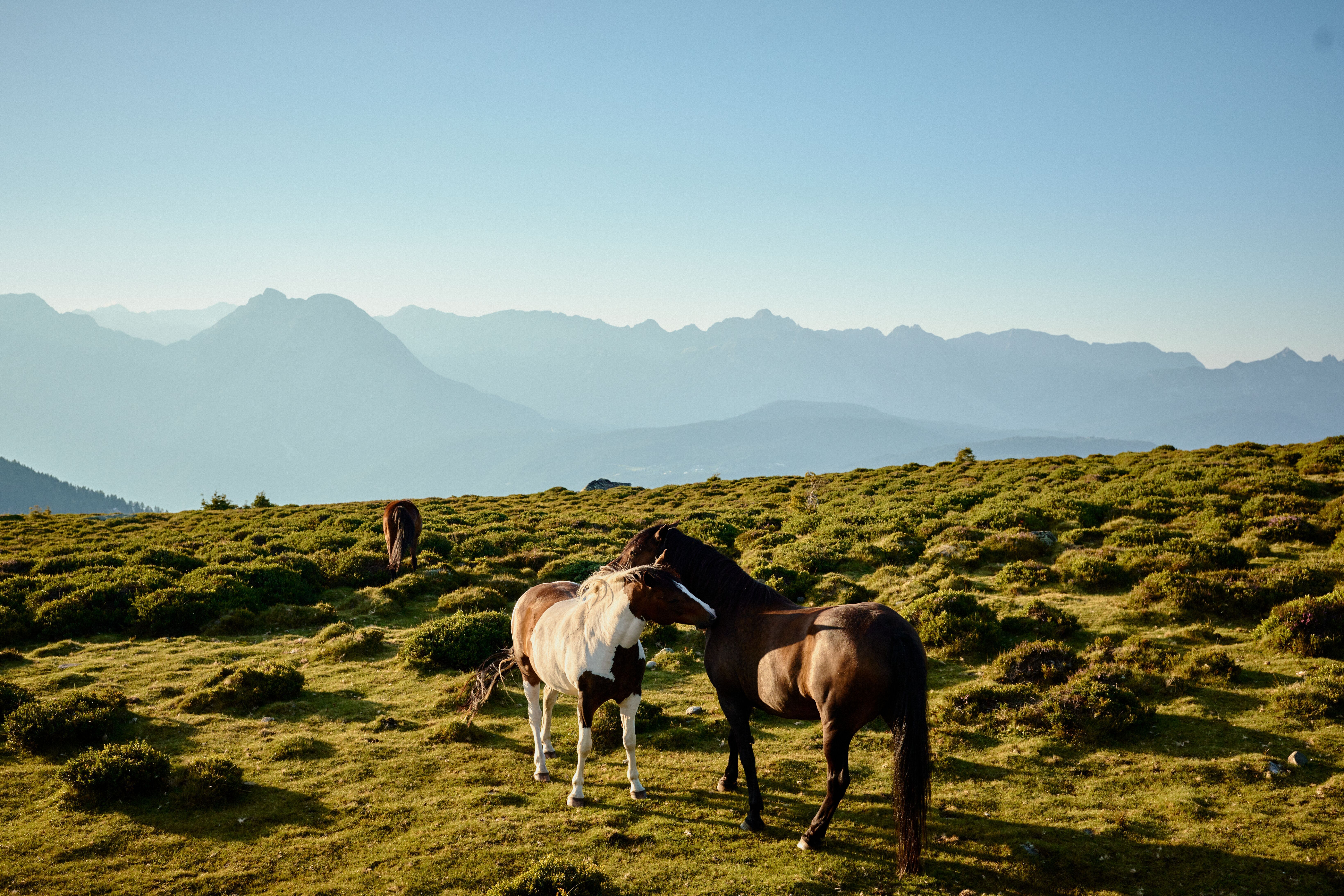
In early summer the animals are either driven in a transporter or walked up to the pastures on foot – often for many kilometres on winding paths. The cattle drive from the Schnalstal Valley in South Tirol (Italy) into the Ötztal Valley (Austria) is a particularly famous example. This annual ritual dating back many millennia is known as "transhumance" and attracts onlookers in both spring and autumn, when the animals make the return journey into the valley. The autumn cattle drive in particular is a spectacular affair, with the animals wearing brightly coloured headdresses made from flowers – a real village affair celebrating a successful summer without any major accidents or injuries.
